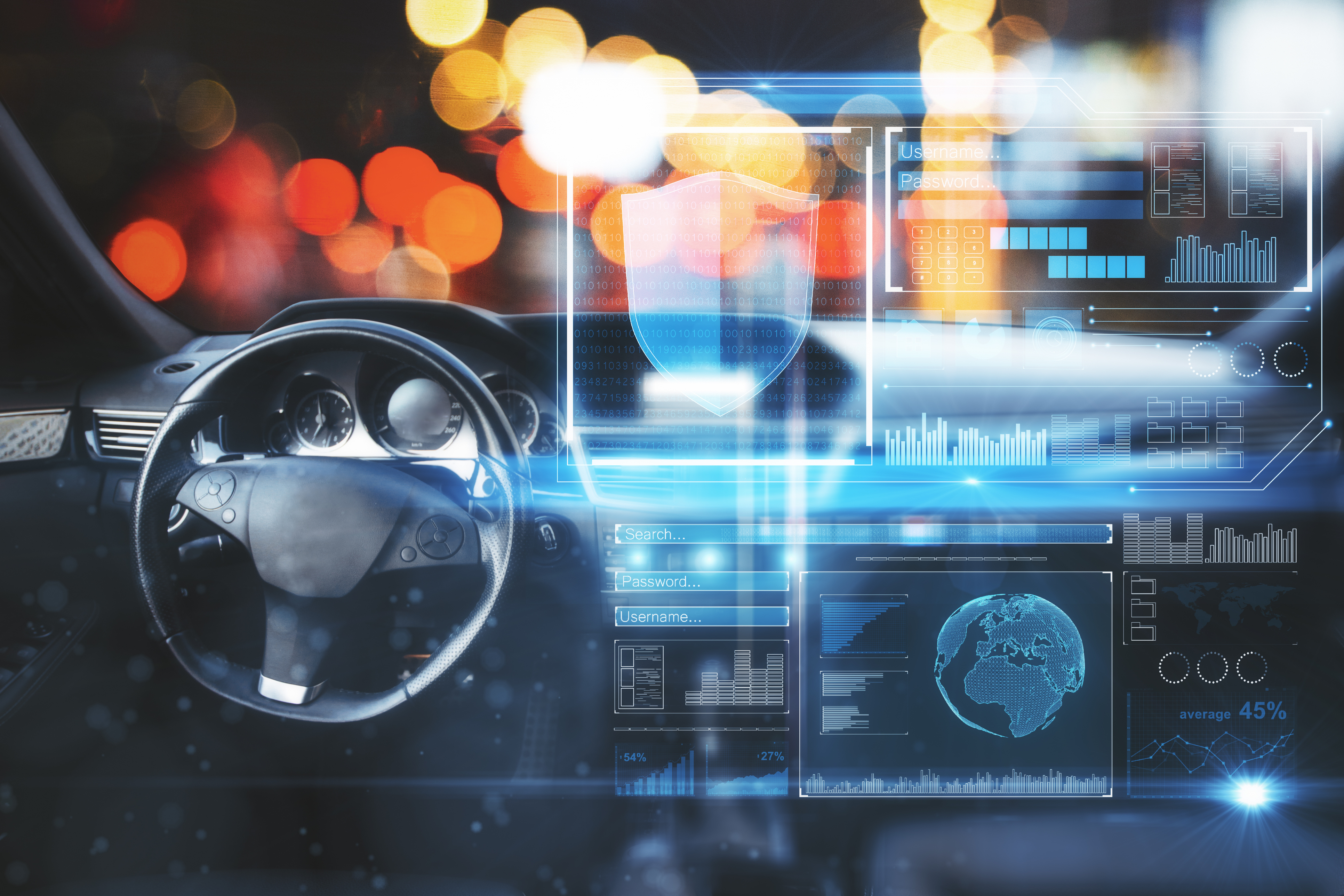As vehicles become smarter and more connected, they are evolving into complex IoT systems packed with sensors, software, and advanced communication tools. While this transformation delivers unmatched innovation, convenience, and safety, it also exposes the automotive industry to a new wave of cybersecurity challenges. Looking ahead to 2025, these threats are only set to grow in complexity and impact.
The Growing Attack Surface in Connected Vehicles
Modern vehicles integrate technologies such as Advanced Driver Assistance Systems (ADAS), Vehicle-to-Everything (V2X) communication, and over-the-air (OTA) updates. These systems offer automation, real-time connectivity, and critical safety enhancements—but they also create an expanded attack surface for cybercriminals.
- V2X Systems Under Siege: V2X protocols, which allow vehicles to communicate with each other and with infrastructure, are becoming prime targets for attackers. Vulnerabilities in these systems can allow hackers to manipulate data or disrupt vehicle functions, posing significant safety risks.
- IoT Weaknesses: Vehicles now contain hundreds of connected components, creating potential entry points for cyberattacks. Hackers can exploit unsecured IoT devices to gain access to critical vehicle controls, such as braking or acceleration systems.
Key Automotive IoT Security Threats in 2025
The next year will see the continuation—and escalation—of several emerging trends in automotive cybersecurity:
- Supply Chain Attacks
As automotive manufacturers rely on third-party vendors for software and hardware, supply chains have become a weak link in vehicle security. Attackers target these vendors to introduce vulnerabilities into vehicle systems, leading to widespread breaches or recalls. - Data Exfiltration
Vehicles generate and store vast amounts of data, including driver behavior, location history, and vehicle diagnostics. Cybercriminals increasingly target this data for sale on the dark web, enabling identity theft, fraud, or targeted attacks. - Ransomware on the Rise
Automotive manufacturers and suppliers are attractive targets for ransomware attacks. These incidents can halt production, disrupt supply chains, and demand large ransom payments to restore operations. - Advanced Persistent Threats (APTs)
State-sponsored actors and organized cybercrime groups are developing highly sophisticated methods to exploit automotive systems, posing a significant risk to critical infrastructure and national security. - Smart Infrastructure Attacks
As connected vehicles rely on smart infrastructure for navigation and communication, cyberattacks on these systems—such as hacked traffic lights or compromised sensors—can disrupt city-wide transportation networks and endanger safety.
Strategies to Secure the Automotive IoT Landscape in 2025
To mitigate these growing threats, automakers, suppliers, and cybersecurity professionals must adopt proactive strategies to strengthen automotive IoT security:
- Strengthening V2X Security: Deploy end-to-end encryption, robust authentication protocols, and real-time intrusion detection to protect V2X communications.
- Enhancing Supply Chain Security: Enforce strict cybersecurity standards across third-party vendors and ensure all software undergoes rigorous security testing.
- Adopting Zero Trust Architecture: Implement a “never trust, always verify” framework for both internal and external communication channels within vehicles.
- Leveraging AI for Threat Detection: Use AI-powered tools to monitor vehicle systems and detect anomalies in real time, allowing for quick response to potential breaches.
- Ensuring Regular Software Updates: Over-the-air (OTA) updates must prioritize timely security patches to address newly discovered vulnerabilities.
Collaboration Will Be Critical
Securing the automotive IoT ecosystem in 2025 requires collaboration between manufacturers, governments, cybersecurity firms, and infrastructure providers. Establishing industry-wide standards, sharing threat intelligence, and developing stronger regulations will be key to defending against emerging risks.
As the automotive industry drives deeper into the connected future, robust cybersecurity will be essential—not only to protect vehicles and their users but also to ensure the safety and reliability of global transportation networks. By staying ahead of these trends, automakers can secure the future of connected mobility in 2025 and beyond.
How Can Netizen Help?
Netizen ensures that security gets built-in and not bolted-on. Providing advanced solutions to protect critical IT infrastructure such as the popular “CISO-as-a-Service” wherein companies can leverage the expertise of executive-level cybersecurity professionals without having to bear the cost of employing them full time.
We also offer compliance support, vulnerability assessments, penetration testing, and more security-related services for businesses of any size and type.
Additionally, Netizen offers an automated and affordable assessment tool that continuously scans systems, websites, applications, and networks to uncover issues. Vulnerability data is then securely analyzed and presented through an easy-to-interpret dashboard to yield actionable risk and compliance information for audiences ranging from IT professionals to executive managers.
Netizen is an ISO 27001:2013 (Information Security Management), ISO 9001:2015, and CMMI V 2.0 Level 3 certified company. We are a proud Service-Disabled Veteran-Owned Small Business that is recognized by the U.S. Department of Labor for hiring and retention of military veterans.
Questions or concerns? Feel free to reach out to us any time –
https://www.netizen.net/contact



